Understanding Your Tires
What do all these numbers mean?
Sometimes understanding all aspects of a tire can get confusing. We're here to help! Use our simple tire guide below to learn more about tire traits! Find out how these basic tire traits can help you choose the right tire for your vehicle.
Tire Type
Designates the type of vehicle the tire is designed to fit: passenger (P), light truck (LT), temporary spare (T), and special trailers (ST). No letter indicates that the tire is euro-metric.
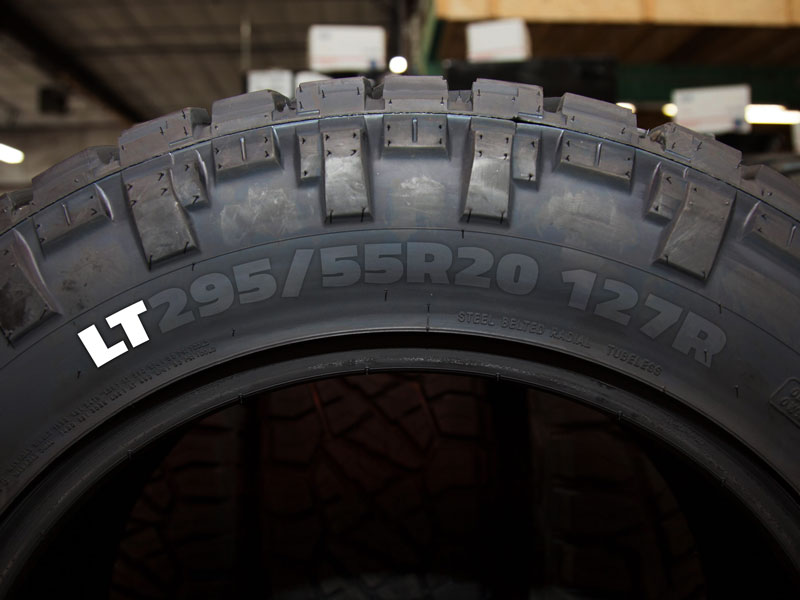
Tire Width
Indicates the width or thickness of the tire in millimeters. Measured from the widest point of a tire’s sidewall to the widest point of its inner sidewall. Also known as Section Width.
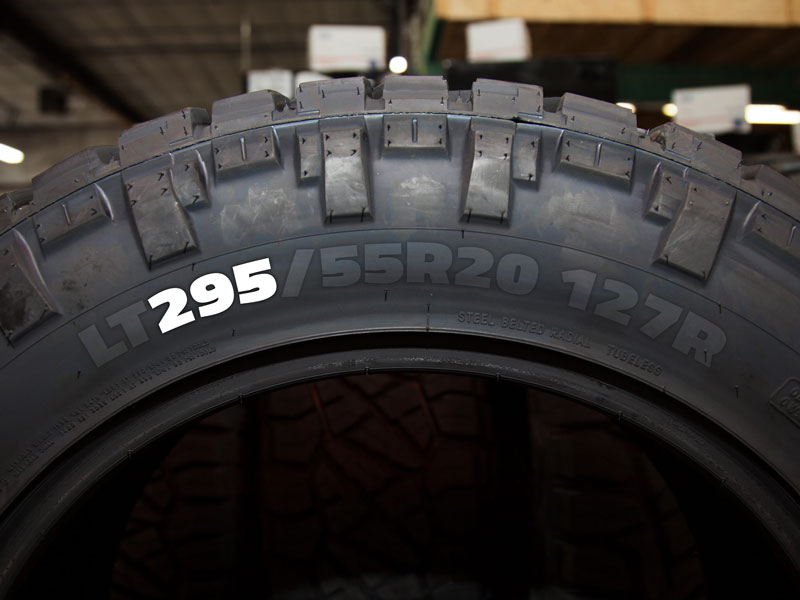
Aspect Ratio
Identifies the relationship between the tire’s sidewall height and the tire’s width. Here, the sidewall height is 55% of the width. A lower ratio means a smaller sidewall height, better cornering, and a rougher ride.
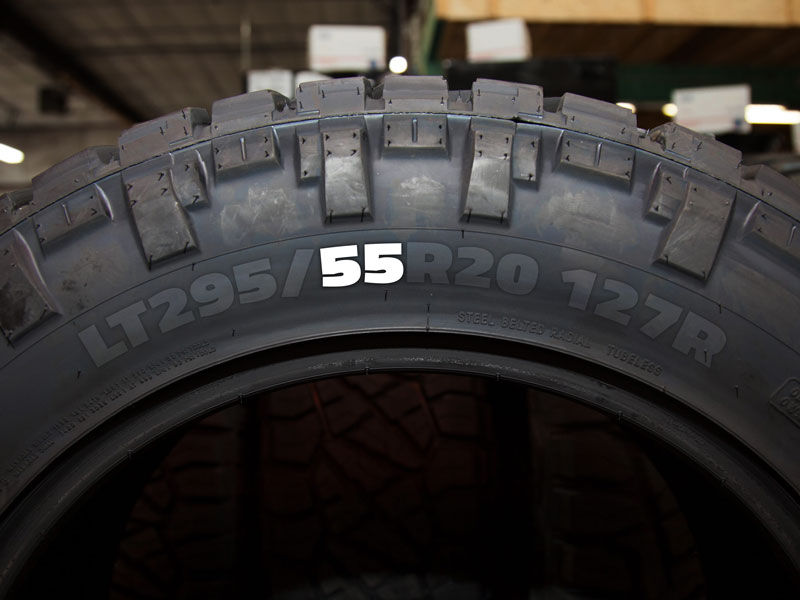
Construction
Refers to the tire’s internal construction. Nearly every tire on the road has a radial construction, which means the cords of the carcass plies inside the tire radiate directly across one side of the tire to the other. Other letters are D (diagonal) and B (belted).
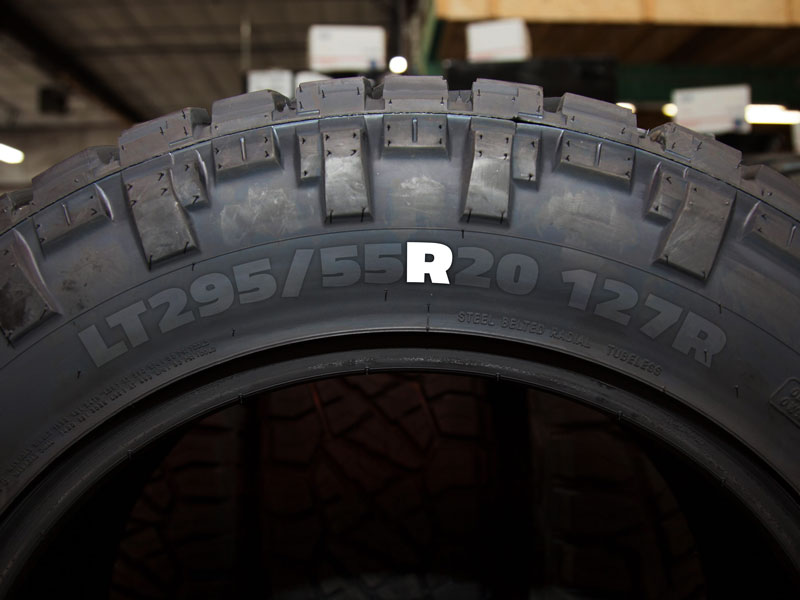
Wheel Diameter
Indicates the diameter of the wheel the tire is designed to fit. In this case, the tire will fit a wheel with a 20-inch diameter.
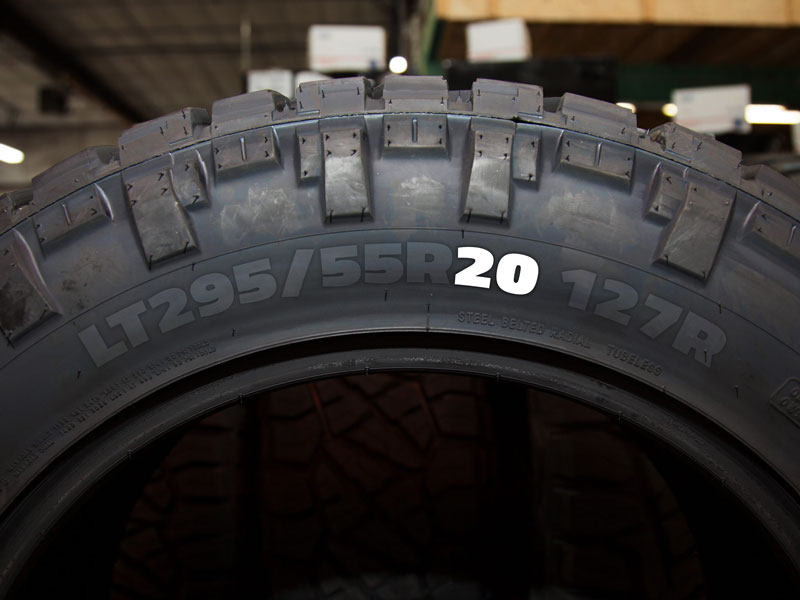
Load Index
Refers to the weight a tire can carry at its maximum rate of inflation. The number corresponds to a load capacity found on a load index chart.
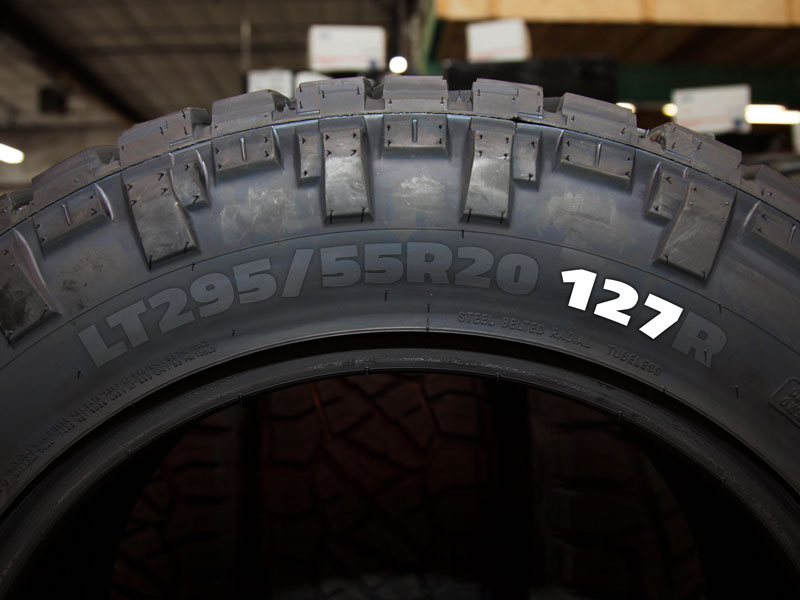
Speed Rating
Designates the maximum safe speed at which the tire is designed to carry a load under certain conditions. The range of speed ratings is from A (lowest) to Y (highest), with the only exception being that H falls between U and V. Surpassing the lawful speed limit is not recommended.
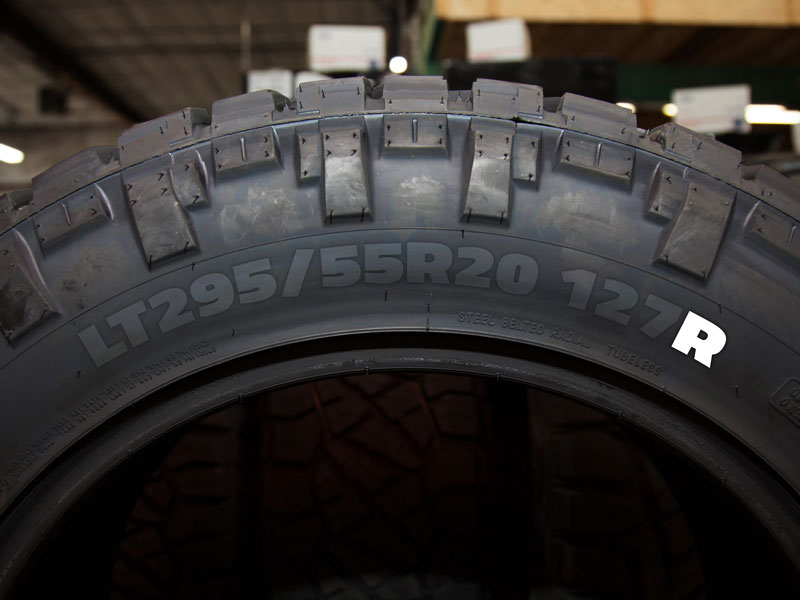
Ready to find your tires?!
Browse the entire tire catalog full of the best brands in the industry!
Shop Now!






